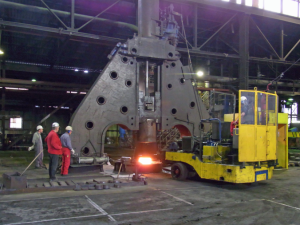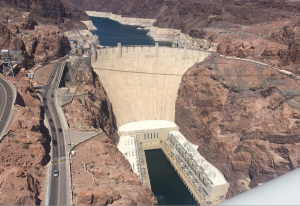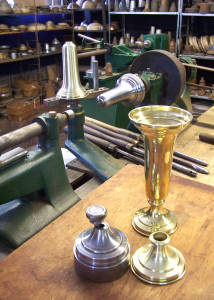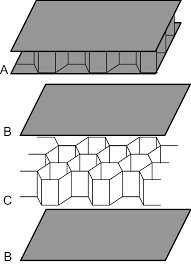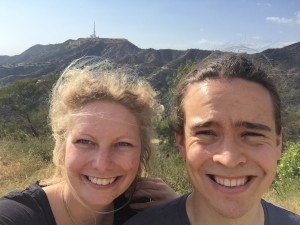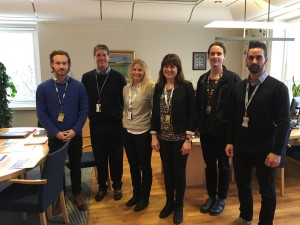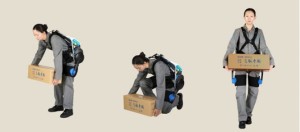One part of GKN Aerospace is working, as familiar, within the space industry in the European space program Ariane. Ariane is a European series of rockets for launch of primarily satellites. The active rocket today is Ariane 5 where GKN manufactures exhaust nozzle and turbines for the first-stage engine, Vulcain 2. Right now the development of the next generation, Ariane 6, is in full progress here at the company since Ariane 6 soon will be launched and GKN will be even more involved in multiple parts, but more on that topic another time.
Why do we think that it is so important to work within the space industry here in Trollhättan and Sweden? Why should we to send up even more rockets into space? Where does space begin? How powerfull is a rocket engine? Is it really “rocket science” ?? There are many questions, but the answers are even more interesting!
Space is, at least for me, a very vague expression. Where does space begin? Actually, space is not that far away, it is enough to go about 100 km straight up to be in space. That means if you drive in a normal car, it takes about an hour to reach space! But it is actually not that easy. However, if we want to go further away, like to the moon, we have to run several months in the car, the moon is about 384,400 km away and the sun is 150 million km away (crazy far away).
But why don’t we take the car or an airplane up in space? It is because both the car and the jet engine in the airplane are dependent on air, which means that a different type of engine must be used for a space rocket. The rocket engine combusts hydrogen and oxygen where the exhaust from the engine has a very high speed and will thereby send the rocket with an equally strong force in the opposite direction, according to Newton’s third law. During a launch, it takes enormous amounts of fuel (175 tons or 500 000 liters), which all is stored inside the rocket. The rocket has a total weight of 700 tons, when launched from Earth. When the first stage engine, Vulcain 2 in this case, has started and everything looks good, the booster engines at the sides will be started as well. After about 50 km (halfway to space) these boosters are released and will be landing in the sea and picked up by boat, and the rocket continues into space with the power from Vulcain 2. When the rocket is in space, after 100 km, the satellites are no longer exposed to the same environmental stresses and the protective covers are now able to be released to save weight, which is of highest interest to minimize fuel consumption. After more than 150 km is the first-stage engine, including the “fuel tank”, released and the second stage engine is now used for last leg before the satellite reaches its orbit and exact position. After about 35 minutes of flight only the payloads, the satellites, remains which has a total weight of about 7 tons. This corresponds to 1% of the total weight of the rocket as it leaves the earth. 1% payload. Even here it is possible to imagine the challenges of developing a rocket and all its components. 1% margin of error is very little, and this is impossible – a miscalculation of 1% would surely mean that there is no room at all for the actual payload. Maybe it is, among other things, this called rocket science?
Here is a video of a launch of a Ariane 5:
https://youtu.be/cFbxa_HgRIs
Why are we so willing to invest so much money, energy and time on developing those rockets? Think about how many times each day you are using a satellite. Perhaps, you are using a mobile phone with all the features; checking social media, reading the magazine online, checking the weather – all of this is directly dependent on satellites and its function.
But you are using the satellite services even when you are looking at the news on the TV, using the GPS function while driving or paying with a debit card at the grocery store, or when you want to see real-time on the buses in the app (in your mobile, which uses the Internet ) … Well, I think you get it. Space is simply incredibly cool! Obviously, we have to continue working with it and develop the future! What would we do without our lovely satellites?


